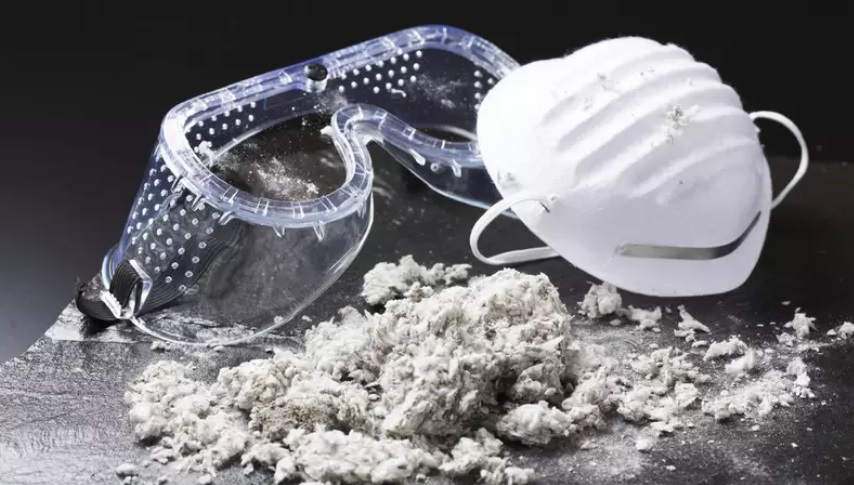There is a long-standing history of asbestos use in Egypt. Dating back to the 2000-3000 BCE era, asbestos was supposedly used to assist in the embalming of Pharaohs, where they would be wrapped in asbestos cloth to limit the amount of decomposition that would occur. While asbestos is not used in this way today, it currently lingers within many aspects of Egyptian society. Despite a country-wide ban of this mineral in 2005, the people of Egypt are still seeing diagnoses of asbestos-related illnesses. With the current ban in place, people are left wondering what exactly is causing these illnesses and what can be done to prevent this from becoming a larger problem. What is Asbestos? Asbestos is a naturally occurring fibrous mineral that was once praised for its durability and unmatched heat-resistant qualities. Due to the traits of this mineral, it was commonly used in a wide variety of building materials. However, asbestos has been identified as a carcinogen to humans, causing life-threatening diseases such as mesothelioma cancer to develop from exposure to airborne fibers. Asbestos fibers become airborne when asbestos-containing materials (ACMs) such as insulation or concrete become disturbed…



